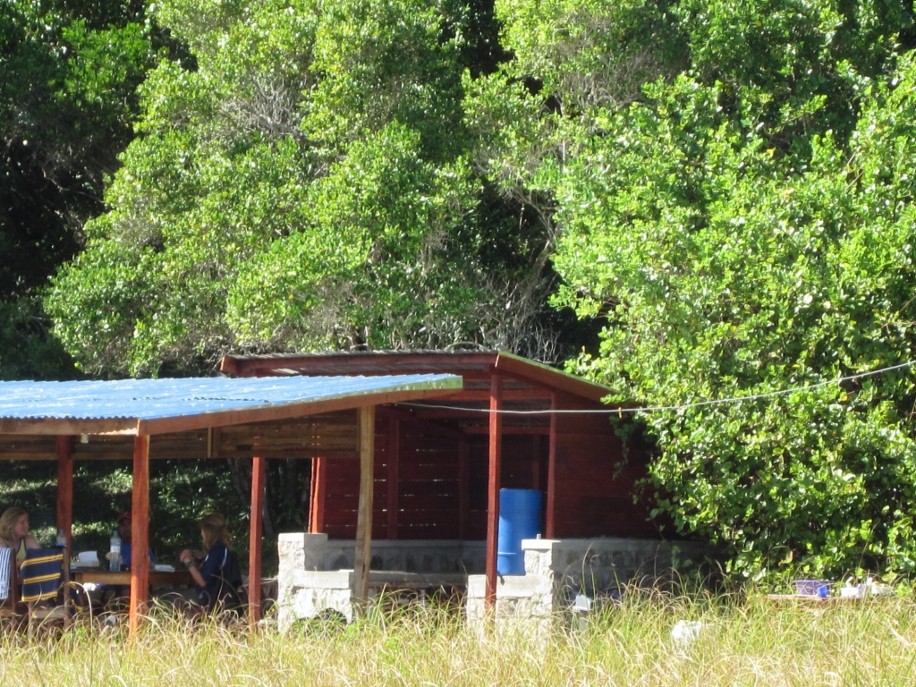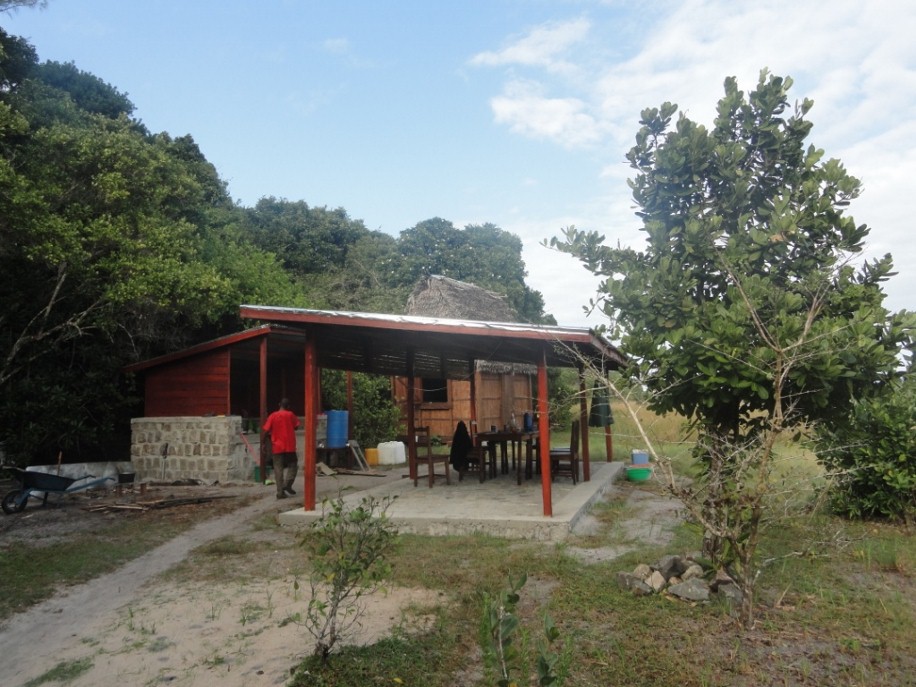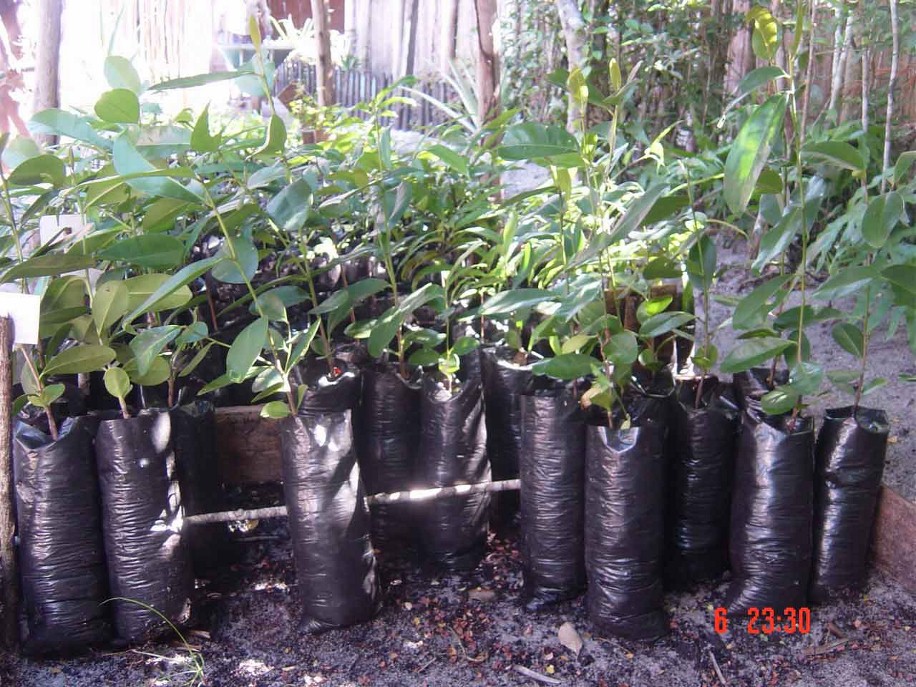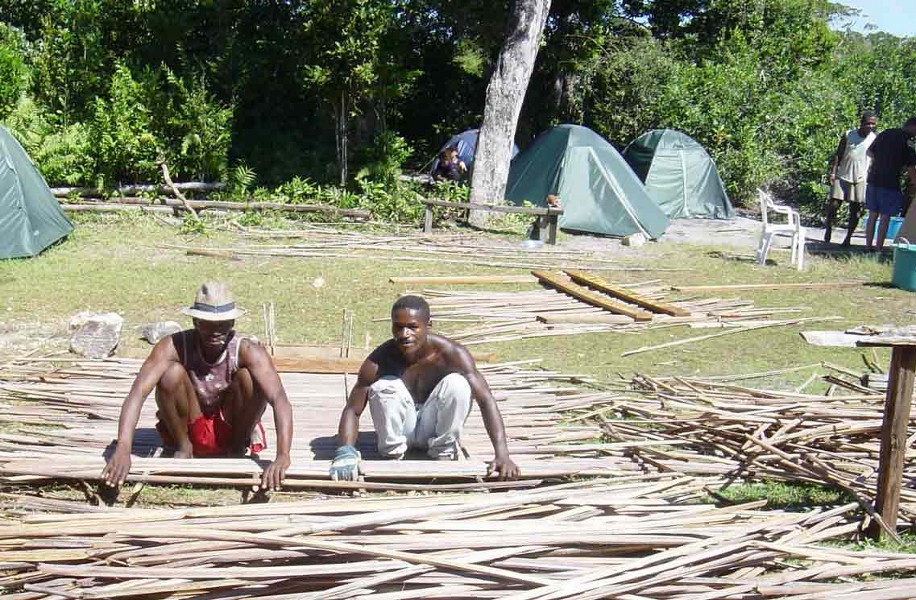The Manafiafy Forest, in Southeast Madagascar’s Sainte Luce area, is one of the last remaining stands of littoral forest in the country. It is home to critically endangered palms, birds, and the rare collared brown lemur. Villagers in the Sainte Luce area asked Azafady, an organization based in the U.K., to help transfer control of the 1,730-acre forest to them. The community wants to ban all commercial exploitation in the forest.
Some members of the community patrol the area and act as guides. But because they do not have a base from which to coordinate their activities, they must spend up to six hours a day getting to and from the forest. Seacology is working with Azafady (now called SEED Madagascar) to build four forest stations in the protected area.






